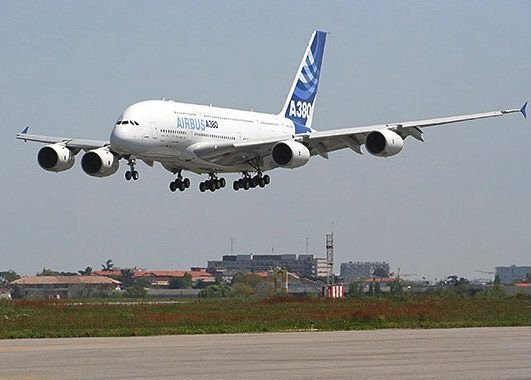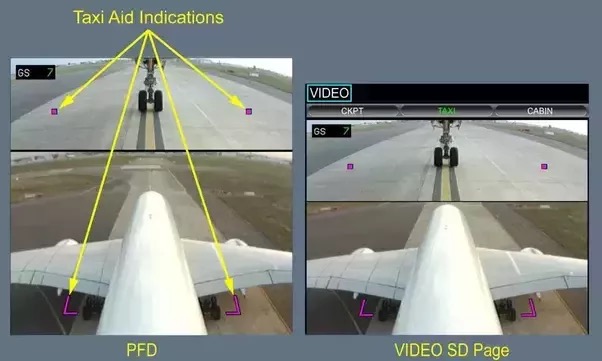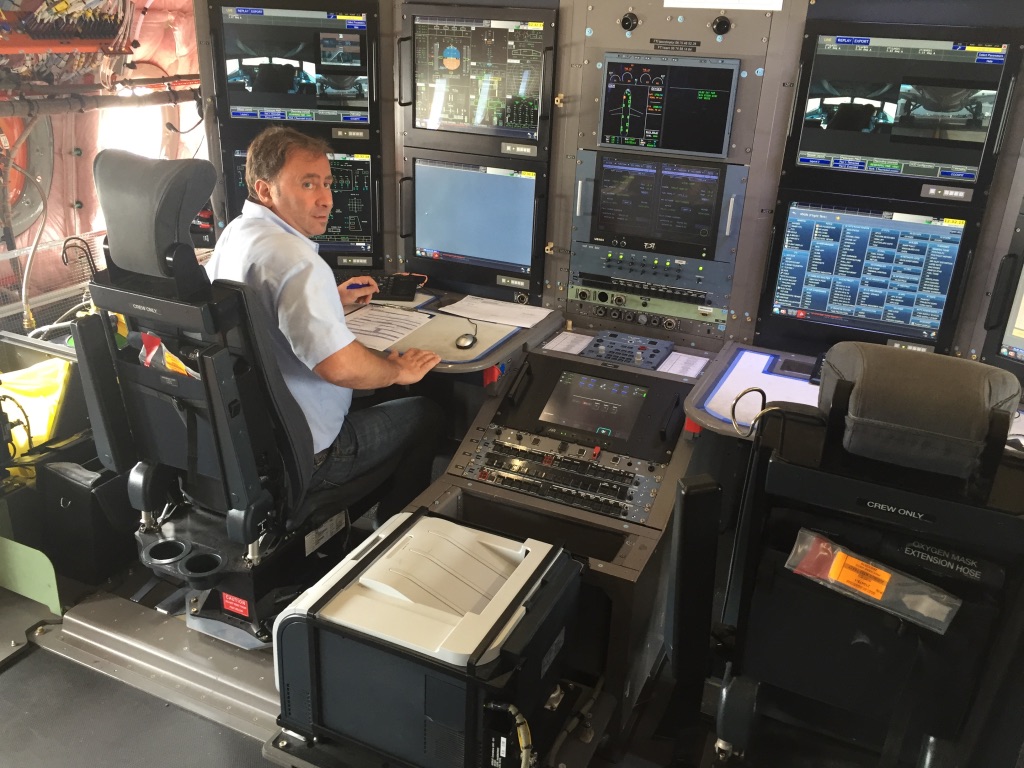Aircraft Information
> Aircraft Make: Airbus. Model: 380. Nickname: None
> Aircraft Mil Civ Description: Large Jet (boy, is it!)
> FAA Category and Class: Airplane Multi-engine Land
> Engine Description: Quad jet
Aircraft Experience
> As of: 9/2/2021
> Number of Hours Flown: 2
> Number of Times Flown: 1
> Other Aircraft Models Associated: Airbus Flight Test
First Flown Information
> Sequence First Flown: 163
> Date First Flown: 12/5/2008
> Location First Flown: Toulouse, France
> Who and/or What Organization First Flown With: Airbus Flight Test
Recollections: This was my second flight ever in an Airbus airplane and it was conducted on a blustery afternoon in Toulouse. My first flight had been just two days earlier, on an Airbus A320 (read my recollections of that flight here).
First–to compare and contrast the A320 with the A380–the two airplanes handled very similarly. The avionics are very different but the handling qualities were amazingly similar. One difference that I noted between the two airplanes was the reaction to the gusty crosswind that was present on both flights. The A320 tended to react to the gusts, and I in turn reacted to the airplane’s motion…the result was, during the approach to my first landing, a tendency towards Pilot Induced Oscillations (PIOs), mostly in the lateral (roll) axis. Years later (while taking type rating training in the A330) I learned a tip to “not to stir the stew” (don’t try to too tightly control roll) but, on my first flight in the A320 I didn’t know that. The A380, on the other hand, plowed through the gusts and I did not experience this same PIO tendency (either that or I had already naturally learned “not to stir the stew”).

(c) Airbus
The thing I remember most about my A380 flight concerned nothing on the flight…but rather on the ground. The airplane is GINORMOUS. Of course. And, I had enough experience with big airplanes (I’d first flown the Boeing 747 a year prior, along with the very long Boeing 777-300 beginning two years before) to anticipate that taxiing the A380 from the Airbus flight test ramp to the runway would likely be my most challenging task for the day. Only, it wasn’t. Taxiing was one of the easiest tasks. Why? Because of several A380 design aspects. First of all, the cockpit is positioned at a mid-level…it’s not at the same height as the airplane’s upper deck (like the 747), it’s only half way up. The result is that it doesn’t “look that big” from the cockpit perspective. Secondly, the nosewheel is located relatively close behind the pilot seats….not WAY BACK like on the 777-300 which requires a precise and well-timed “oversteer” technique wherein you taxi your body well past the point of turning before you turn. Lastly, the Primary Flight Display (PFD) on the A380, when you’re doing ground operations, doesn’t have the normal airspeed/altitude/attitude display…it has video from a camera looking out the front. This video has a small reference mark on it, left and right, which you simply place on the centerline during turns. The combined effect of all these features was that driving this giant airplane around the field was a piece of cake. Well done, Airbus!

(c) quora.com
The other interesting aspect I learned on this flight had little to do with the A380 itself but more about Airbus’s approach to testing. All major-manufacturer test airplanes are highly instrumented, to gather and record thousands of parameters in order to analyze data and show compliance to engineering requirements. How this data is handled and processed varies from manufacturer to manufacturer. Some, like Cessna for example, usually store the data onboard for later download and processing. Some, like Boeing, bring the engineers onboard with them to monitor and analyze the data stream (this often means up to a dozen engineers onboard…think of it as a “flying control room”). Airbus does it very differently than Boeing, which I learned on my A380 flight. There were only 3 Airbus personnel on the flight: the Test Pilot, a Test Flight Engineer (TFE) who sat in the cockpit jumpseat and basically operated all the systems, and a Flight Test Engineer (FTE) who was about half way back in the airplane (see figure), running the instrumentation, keeping weight and balance controlled and ensuring a strong telemetry link to a ground-based control room. You see, Airbus has a system of telemetry receivers that cover the whole of France, and pipe that info back to Airbus controls rooms at the flight test facility in Toulouse. Many ways to get the job done and very interesting to be exposed to the “Airbus way”.

(c) Bob Stoney
Leave a Reply